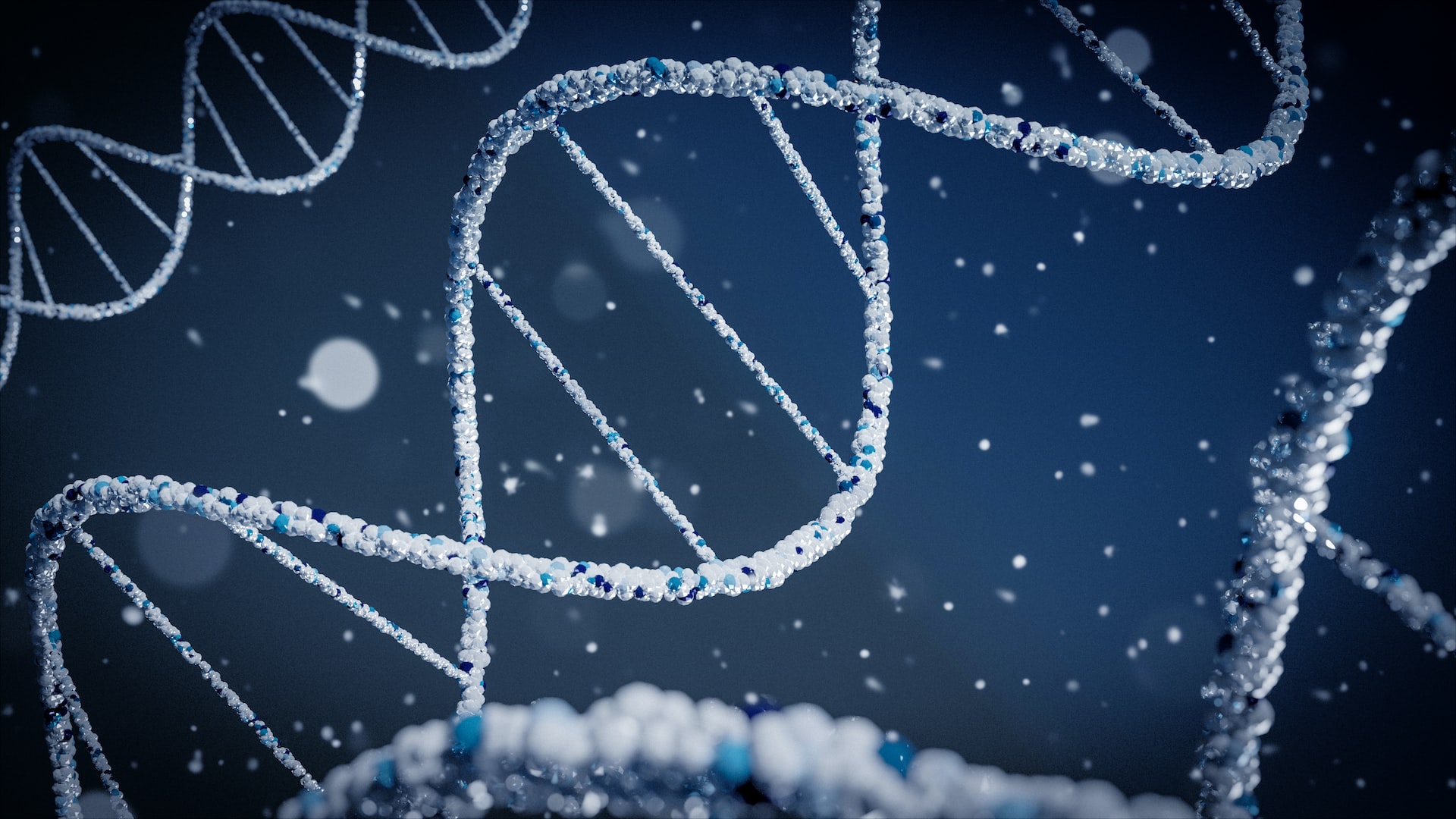One of the most significant and influential discoveries in modern human history has undoubtedly been the advent of DNA sequencing. Using highly advanced methods and techniques, scientists have been able to crack open the code that determines who and what a living thing is, opening the door to untold possibilities and opportunities.
To the layman, the jargon and technical language surrounding DNA sequencing may seem indecipherable. While it may be confusing, the results seen from the use of sequencing methods are undeniable. We’ve put together some of the most important uses for DNA sequencing. Keep reading to find out more.
Medical uses
The discovery that DNA sequencing can be used to check for the prevalence of certain inherited genetic conditions was groundbreaking. By examining genes that may have mutated or varied, scientists can link these mutations to diseases or disorders.
Studying DNA can allow doctors to assess a patient’s risk of developing certain diseases or conditions and can work to put preventative measures in place. It is particularly useful in detecting cancers and characterising tumours and has seen extensive use in the field of oncology.
Metagenomics
Metagenomics is an important field that involves the examination of genetic material recovered from the environment. It is often used to evaluate entire colonies of microbes from one location, such as a water source, in soil, or on skin.
By using DNA sequencing methods, scientists can study the evolution of microbial life in specific environments, assess potential influences from external factors such as pollution. Furthermore, analysis of organisms in an environment is crucial for other scientific fields including ecology and microbiology.
Evolutionary biology
For some, this is most exciting potential use of DNA sequencing. DNA passes on information from one generation to the next, so scientists theorised that it would hold the key to unlocking the secrets of our evolutionary and genetic past.
They were correct, and today genetic sequencing has been used to successfully replicate the DNA of long extinct animals, the woolly mammoth for example.
Virology
DNA sequencing techniques are vital for the study of viruses. Viruses are too small to be seen by microscopes, so sequencing their DNA is the only method scientists have for studying these infectious pathogens.
Next generation sequencing and sanger sequencing are the most commonly used methods to sequence virus DNA. Sanger sequencing has been in use since 1977, and it still a popular method of DNA sequencing. Many labs, like Source BioScience, for example, still offer Sanger sequencing services.
Conclusion
The discovery of DNA sequencing methods and techniques has revolutionised an entire range of scientific and medical fields. From medical studies and research, to metagenomics, to evolutionary biology and virology, they have all benefited from the insights and information provided by the implementation and integration of DNA sequencing methods.
As technology continues to develop and advance, so too will the accuracy and efficiency of DNA sequencing, and we can expect to see it used widely across even more fields and industries in the future.

